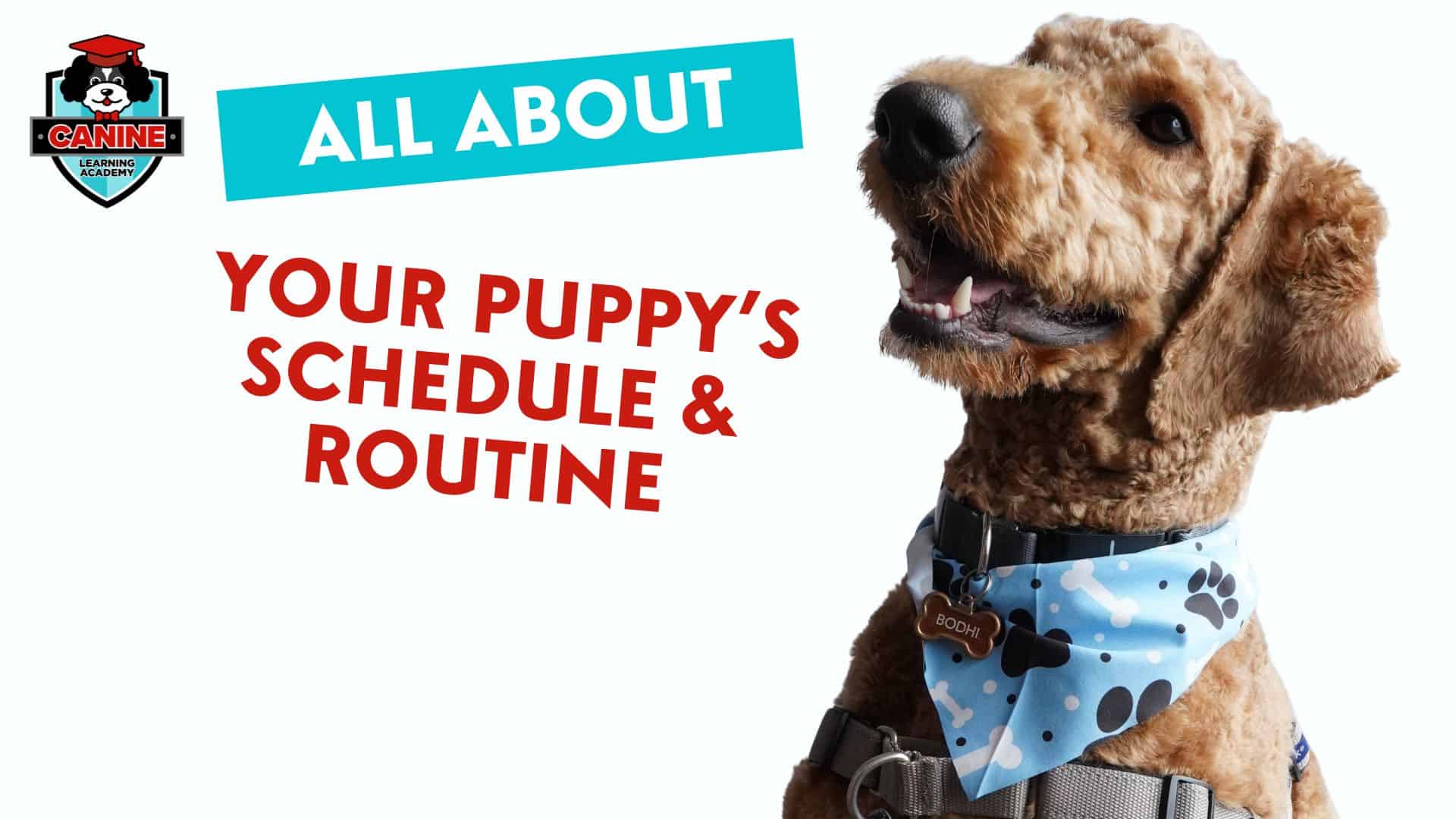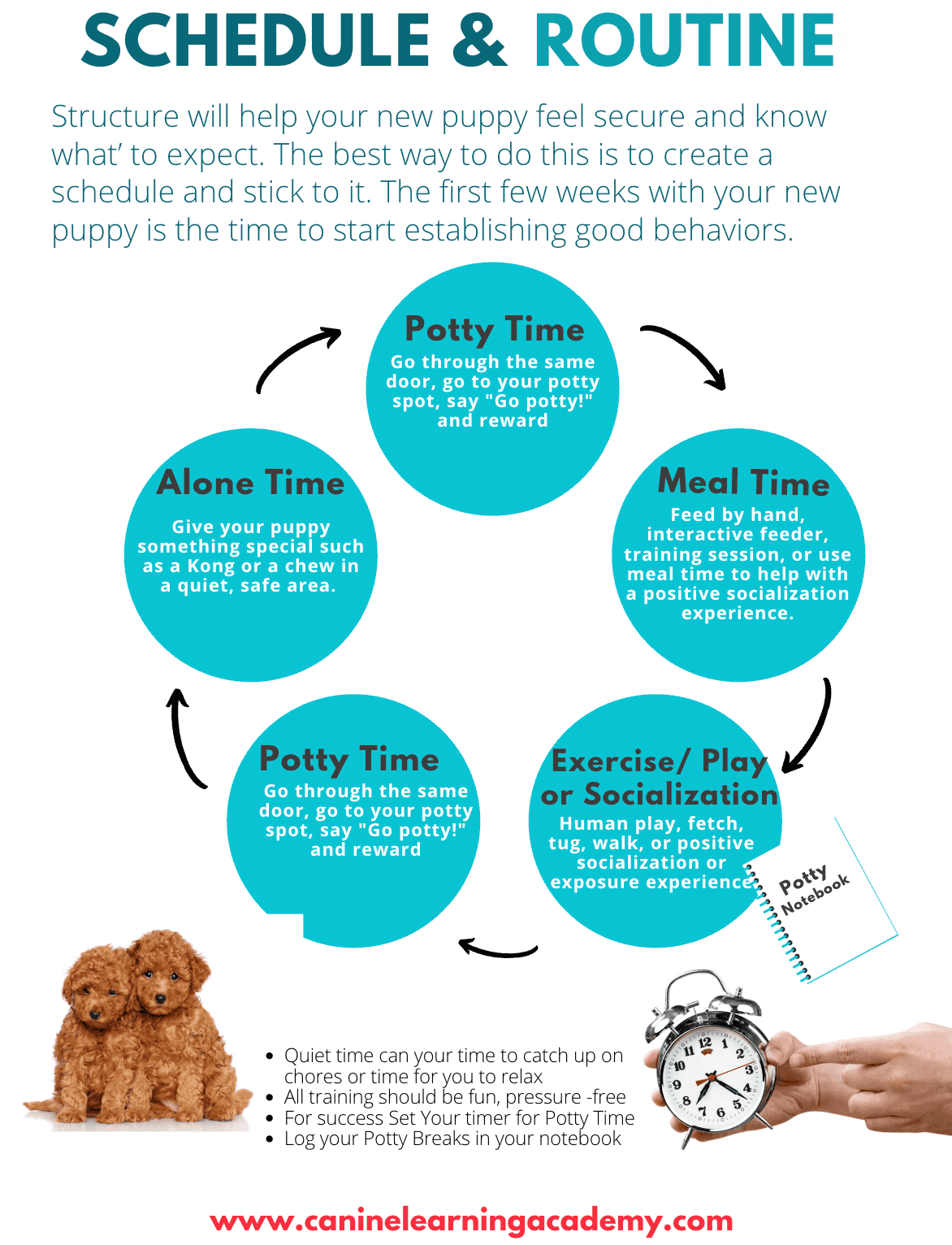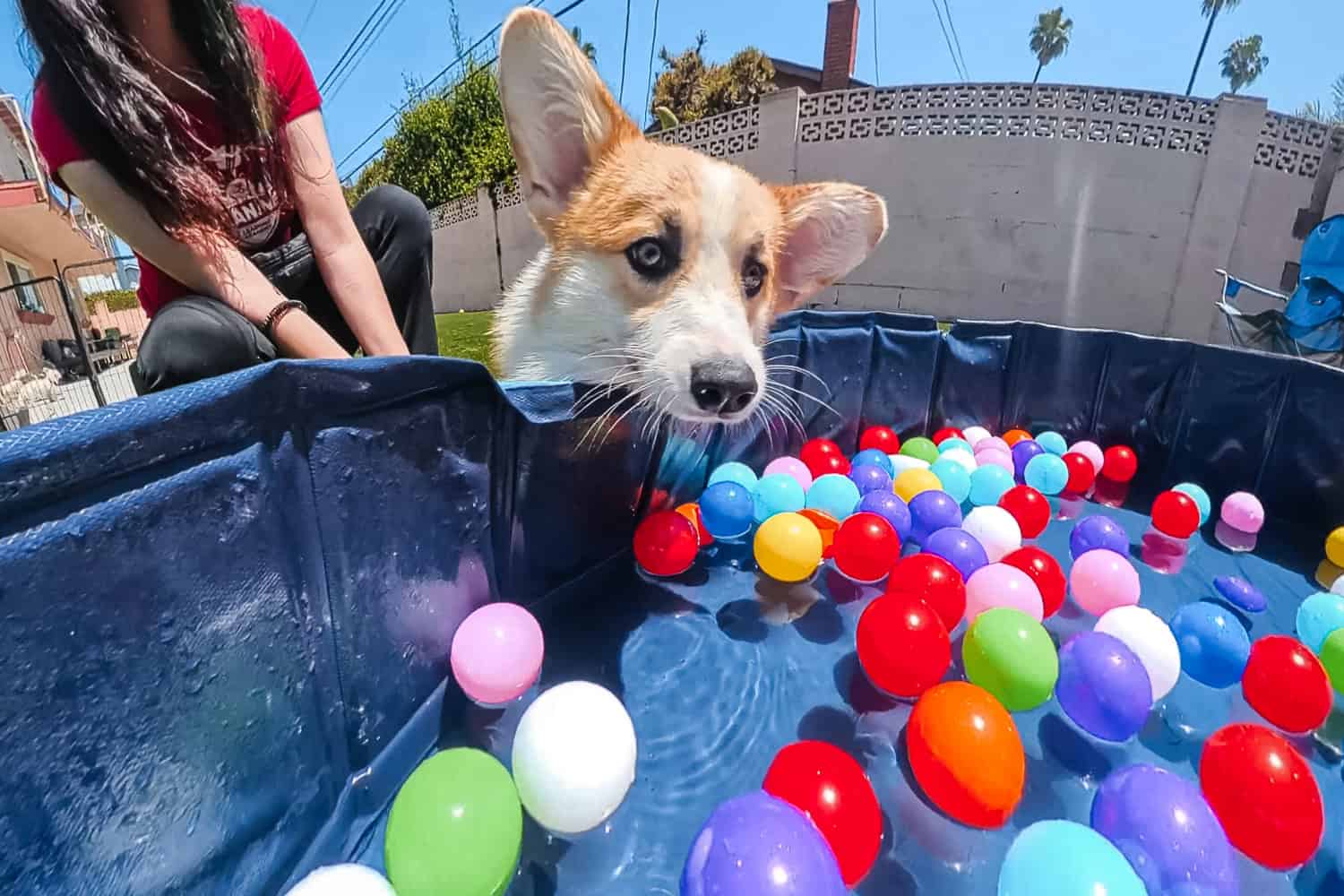If you can believe it, it’s already about time to celebrate Easter! It’s certainly a holiday to celebrate with family, and that includes our dogs, of course.
Make this Easter the best one ever for your dog! This fun DIY enrichment project is just the thing you need to burn off your dog’s excess energy this weekend. Mental enrichment, like the sniffing and problem solving you’ll see in the video, can tire your dog out 3-5 times as quickly as physical exercise. Much like every other muscle in the body, your dog’s brain must be exercised and stimulated daily or they will find their own dog ‘enrichment’, i.e. digging, barking, jumping, etc.
On any given day the Canine Learning Academy Training Team recommends that our clients ditch their dog bowls and go straight for enrichment feeders to help build their puppy’s spatial reasoning, independence, creativity, and focus a little each day. From boxes to IQ balls to puzzle bowls, there’s a myriad of ways to exercise your dog’s mind but for this holiday weekend owner & founder of Canine Learning Academy, Yo Armendariz, and her dog, Bentley the Aussiedoodle, had the cutest enrichment project idea ever!
Yo and Bentley had a blast assembling and solving this awesome group project with the help of Laura Nativo, founder of Nativo Pet company, her movie star dogs: Penelope Supafly & Delilah Jane, and our feature foster puppy: Pearl Jam from SAFE Team Rescue here in Southern California. Pearl Jam is a 10 week old super smart and sweet shitzu-labradoodle puppy being hosted by Canine Learning Academy in our Board and Train program.
Materials for DIY
- Small plastic Easter eggs
- Delicious smelly treats like Nativo Pet’s Num Nums™ Training Treats
- Your dog’s morning or evening meal
- Variety of Enrichment Feeders
[Featured in this video: Kong Wobbler, Kong Gyro, Our Pets IQ Treat Ball, West Paw Design Zogoflex Toppl, and PrimePets IQ Treat Balls]
Step by Step Tutorial
Step 1: Fill the eggs and a variety of Enrichment Feeders with a combination of your dog’s meal and some smelly, meaty treats like Nativo Pet’s Num Nums™ Training Treats
[CAUTION: Never use chocolate, candy, or non edible toys as these can be toxic to your dog]
Step 2: Put your dogs away to set up your game environment and take the eggs/feeders out to the front or back yard (bonus points for Easter baskets!).
NOTE: If any of the egg ‘hunting’ dogs have a history of guarding or possessiveness issues, it may be best to use baby gates and X-pens to separate the dogs.
Step 3: For beginners/puppies – place the eggs spaced out in the open for maximum fun and engagement. For intermediate/advanced sniffers and puzzle solvers – place a few eggs out in the open for some easy wins, set some out of visual sight but within easy reach, and the last few in more challenging places (planters, shelves, in a bucket, etc).
NOTE: Make sure you have an abundance of eggs and feeders if you have multiple dogs playing the game!
Step 4: Release your dogs in the area and closely supervise them as they ‘hunt’. Pick up each of the eggs after treats have been scored.
Check out the video below of 2020 Dog Easter Egg Hunt and don’t forget to share your comments or suggestions.
’20 Dog Easter Egg Hunt Video
Get your Camera Ready
The hunt won’t take too long!
When it’s all over, you’ll have fun memories of a spring day and your dog will have had the chance to bring out inner dog with a little hunt for a delicious meal!
We hope that you like the products we featured in today’s post. Just so we’re clear, little puppy featured is a rescue available for adoption with Safe Rescue Team. Featured interactive feeders can be purchased on Amazon. Check out our Favorites Page to see other options. Please share your picture or video of your DIY Easter Egg Hunt, tag us on Facebook or Instagram use @CanineLearningAcademy.
Want to Learn More About Interactive Feeders?
Check out one of our Online Group Classes. With our Online Group Training Class you get access to our training team to get personalized, small group, live video help you need to address a variety of dog training and behavior topics. Whether you have a puppy, adolescent, or adult dog you’ll be able to get your questions answered. Each class is recorded and can be watched at anytime.





